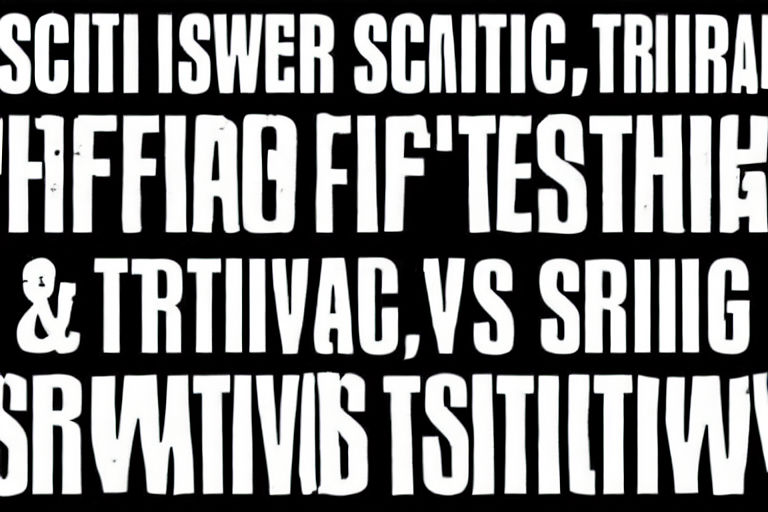Comparing Unsupervised Learning Methods for Clustering in Python
Unsupervised learning is an important field of Machine Learning that allows you to identify patterns and relationships in data without any prior knowledge or training. One popular application of unsupervised learning is clustering, where we group together similar data points based on their features. In this article, we will compare and contrast different clustering methods available in Python.
K-Means Clustering
K-means is a popular clustering algorithm that is easy to understand and implement. It is a centroid-based algorithm that iteratively assigns each data point to the nearest centroid, and then updates the centroids based on the new groupings. K-means can handle large datasets and works well when the clusters are spherical or elliptical in shape.
Hierarchical Clustering
Hierarchical clustering is another approach to grouping data into clusters. It works by creating a tree-like hierarchy of clusters, where each node represents a cluster of data points. Hierarchical clustering can be either agglomerative (bottom-up) or divisive (top-down). Agglomerative clustering starts with each data point in its own cluster and then merges the closest pairs of clusters together, while divisive clustering starts with all the data points in a single cluster and then recursively splits them. Hierarchical clustering is useful when the data is not spherical, and when you want to visualize the clustering tree.
Density-Based Clustering
Density-Based clustering algorithms, like DBSCAN, group together data points that are close together in a dense region, and separate points that are far away or in a sparse region. DBSCAN can handle non-linearly separable datasets and can automatically determine the number of clusters. However, DBSCAN can struggle with datasets of varying densities.
Gaussian Mixture Models
Gaussian Mixture Models (GMM) make no assumptions about the shape or size of the clusters, instead modeling each cluster as a combination of gaussian distributions. GMM can capture complex cluster shapes and can be used for density estimation. However, GMM can be sensitive to the initial parameter values and is computationally intensive.
Conclusion
In conclusion, each clustering algorithm has its own strengths and weaknesses, and the choice of algorithm will depend on the specific problem at hand. K-means is a good all-round method, while hierarchical clustering is useful for visualizing the clustering tree. DBSCAN is ideal for datasets with varying densities, while GMM is best for complex clustering problems. By understanding the different clustering methods available in Python, you can choose the right method for your data and achieve better insights.



